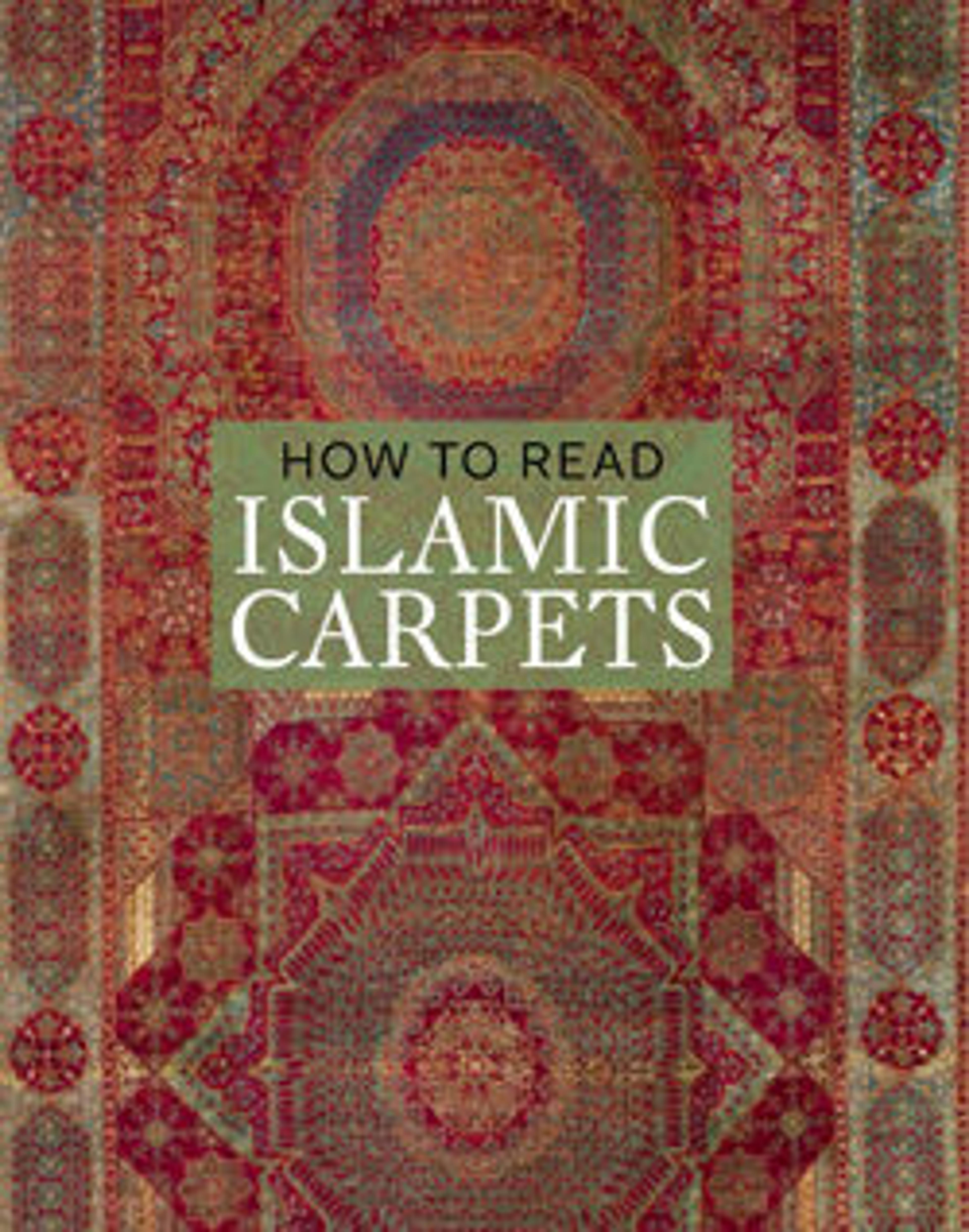The Feast of Acheloüs
Rubens and Brueghel collaborated on several mythological and religious pictures that showcased their respective skills. In this panel, Rubens designed and painted the figures and Brueghel painted everything else, revealing his gifts as a landscape and still-life painter. Here, the river god Acheloüs explains to the Greek hero Theseus that his former lover Perimele has been transformed into a distant island by Neptune so that she could remain forever within the river’s embrace. The artists combined classical learning, nudes based partly on ancient sculpture, the wonders of nature, and the mastery of craft into an encyclopedic display meant for a sophisticated collector.
Artwork Details
- Title: The Feast of Acheloüs
- Artist: Peter Paul Rubens (Flemish, Siegen 1577–1640 Antwerp)
- Artist: and Jan Brueghel the Elder (Netherlandish, Brussels 1568–1625 Antwerp)
- Date: ca. 1615
- Medium: Oil on wood
- Dimensions: 42 1/2 x 64 1/2 in. (108 x 163.8 cm)
- Classification: Paintings
- Credit Line: Gift of Alvin and Irwin Untermyer, in memory of their parents, 1945
- Object Number: 45.141
- Curatorial Department: European Paintings
More Artwork
Research Resources
The Met provides unparalleled resources for research and welcomes an international community of students and scholars. The Met's Open Access API is where creators and researchers can connect to the The Met collection. Open Access data and public domain images are available for unrestricted commercial and noncommercial use without permission or fee.
To request images under copyright and other restrictions, please use this Image Request form.
Feedback
We continue to research and examine historical and cultural context for objects in The Met collection. If you have comments or questions about this object record, please contact us using the form below. The Museum looks forward to receiving your comments.
